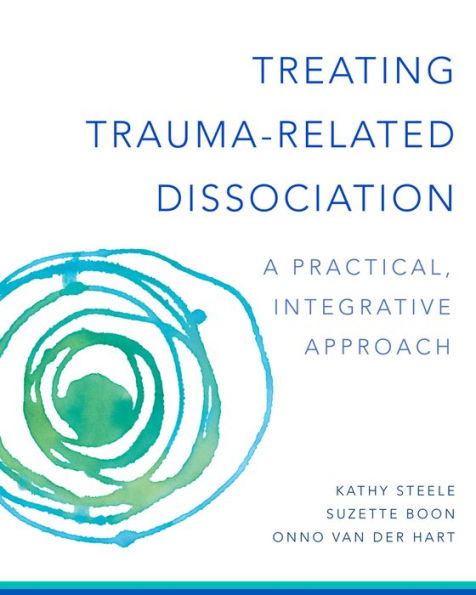Table of Contents
Preface ix
Acknowledgments xv
Introduction 1
1 Dissociation as Non-Realization 3
Part I The Therapeutic Relationship
2 The Good Enough Therapist 35
3 The Therapeutic Relationship: Safety, Threat, and Conflict 52
4 Beyond Attachment: A Collaborative Therapeutic Relationship 67
Part II Assessment, Case Formulation, and Treatment Planning
5 Assessment of Dissociative Disorders 95
6 Beyond Diagnosis: Further Assessment, Prognosis, and Case Formulation 119
7 Treatment Planning 145
8 Principles of Treatment 163
9 Phase-Oriented Treatment: An Overview 179
Part III Phase 1 Treatment and Beyond
10 Working With Dissociative Parts: An Integrative Systems Perspective 201
11 Resistance as Phobic Avoidance: An Introduction 226
12 Resistance as Phobic Avoidance: Practical Approaches 248
13 Dependency in Therapy: Always, Sometimes, Never? 262
14 Working With Child Parts of the Patient 289
15 Integrative Approaches to Shame 303
16 Working With Angry and Hostile Parts of the Patient 330
17 Working With Perpetrator-Imitating Parts of the Patient 344
18 Resolving Unsafe Behaviors 367
19 Selected Issues 392
Part IV Phase 2 Treatment
20 Treatment of Traumatic Memory: An Overview 419
21 Treatment of Traumatic Memory: Guidelines and Techniques 436
Part V Phase 3 Treatment
22 Integration of Dissociative Parts Into a Cohesive Personality 465
23 Phase 3 and Beyond 480
Appendices 495
References 509
Index 533



